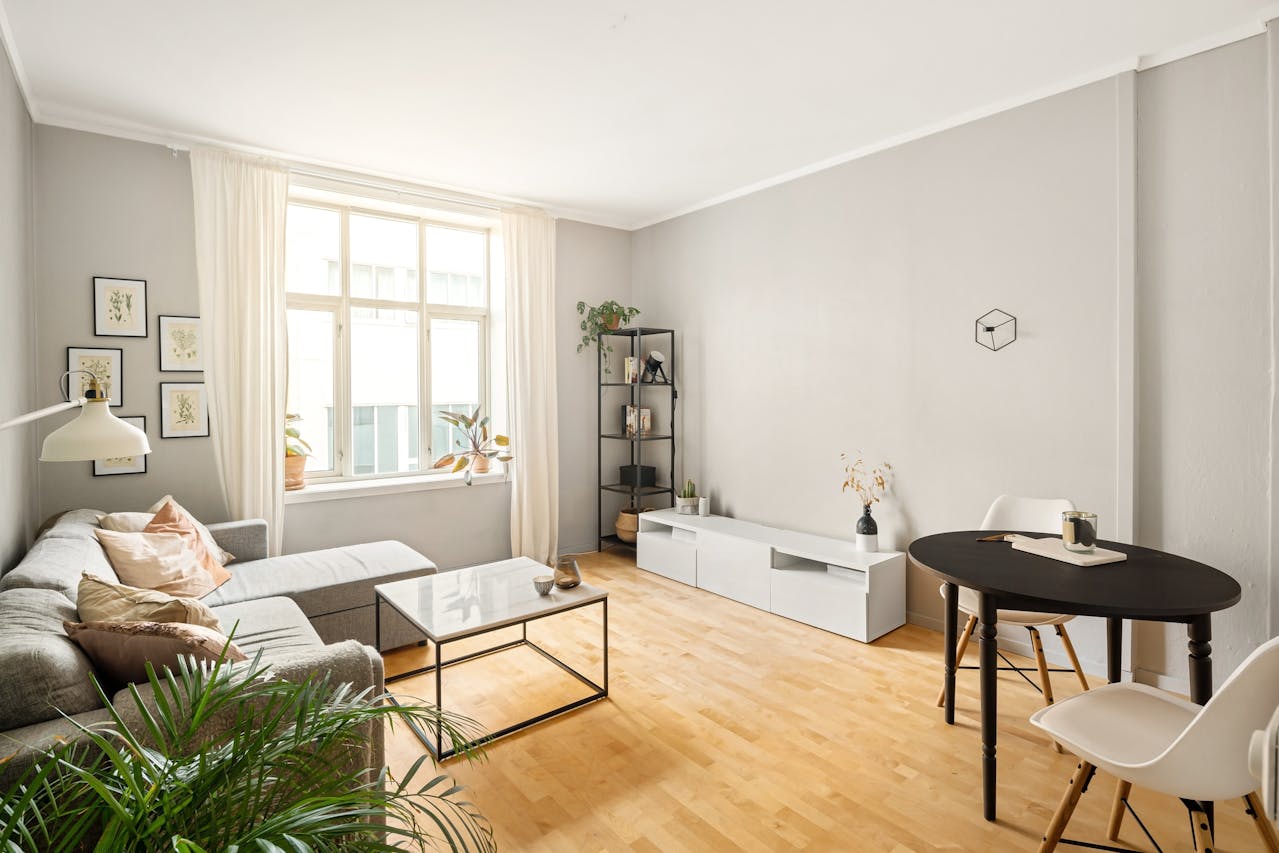When it comes to installing wood floors in Denver, the secret isn’t in the wood itself—it’s all about the subfloor beneath it. Proper subfloor preparation makes sure your wood floor remains flat, stable and beautiful for decades. Skipping or rushing this step will lead to warping, gaps, squeaks and uneven finishes, even in the highest-quality hardwood.
The subfloor is the foundation of any wood floor installation. It’s where the magic begins. Today, we are going to review the importance of subfloor preparation.
Understanding Your Subfloor
A subfloor is a base layer that supports your wood flooring in Denver. There are three common types: plywood, concrete and Gyp-Crete. Let’s review:
- Plywood: This is the stable and ideal choice for solid wood floors.
- Concrete: Common in below-grade applications, it requires moisture testing and sometimes vapor barriers to prevent warping.
- Gyp-Crete/Speciality Subfloors: This option requires specific adhesives or leveling compounds for proper installation.
Choosing the right subfloor material makes a difference when installing wood floors. It affects the long-term performance of your flooring.
Why a Level Subfloor Matters
The smallest deviations in flatness can compromise your flooring. Subfloors should be flat within 3/16” over a 10’ radius.
Keep in mind that uneven subfloors can result in gaps, squeaks and uneven finishes. That’s why it’s important to check if the flooring is sitting properly using a leveling tool or laser level. Leveling compounds can correct minor dips, but severe irregularities may require repairing or replacing the subfloor.
Think of the subfloor like the foundation of your home. You wouldn’t your home on a slant so why would you want tilted floors?
Moisture Testing & Control
Wood flooring is hygroscopic, which means it expands and contracts with humidity changes. Because of this, moisture is the number one concern for wood floors.
There are a few steps you can take to manage moisture:
- Measure moisture content in the wood or concrete with a moisture meter.
- Maintain the recommended ranges of 6-9% for wood subfloors—follow manufacturer specs for concrete.
- Use vapor barriers or moisture-resistant adhesives when necessary to prevent warping or cupping.
Ignoring moisture is never a good idea. It can lead to premature floor failure and costly repairs.
Praring Different Subfloor Materials
No two subfloors are the same. That’s why each one requires different steps before you can install wood floors on top of them. Here’s a basic overview:
- Wood Subfloors: Remove old flooring, repair damage and sand or plane uneven areas.
- Concrete Sundoors: Allow for proper curing, patch imperfections and apply moisture barriers if needed.
- Gyp-Crete or Specialty Subfloors: Use the recommended adhesives and self-leveling compounds to create a stable base.
Preparing your subfloor ahead of time makes for a smooth installation. It also helps your wood floors last longer.
Subfloor Mistakes to Avoid
You can choose the best wood flooring on the market, but if your subfloor isn’t up to par, it won’t last. For this reason professional services in Denver have subflooring included. Try to avoid these common mistakes:
- Skipping moisture testing or acclimation
- Neglecting leveling or patching imperfections
- Choosing plank width or wood species unsuited to the subfloor or climate
- Attempting DIY installation
If you get help from a certified and insured installer, you shouldn’t have any issues with subfloor or wood floors. The extra money is a long-term investment.
Prepare for Your Subfloor for Installation Day
A prepped subfloor is the foundation of a successful wood flooring installation. At Denver Carpet and Flooring, as the trusted flooring contractor in Denver, we provide premium wood flooring solutions throughout Denver and surrounding areas. Trust us for subfloor preparation services and advice.
Ready for your brand new wood floors? Contact us or visit our showroom today!


